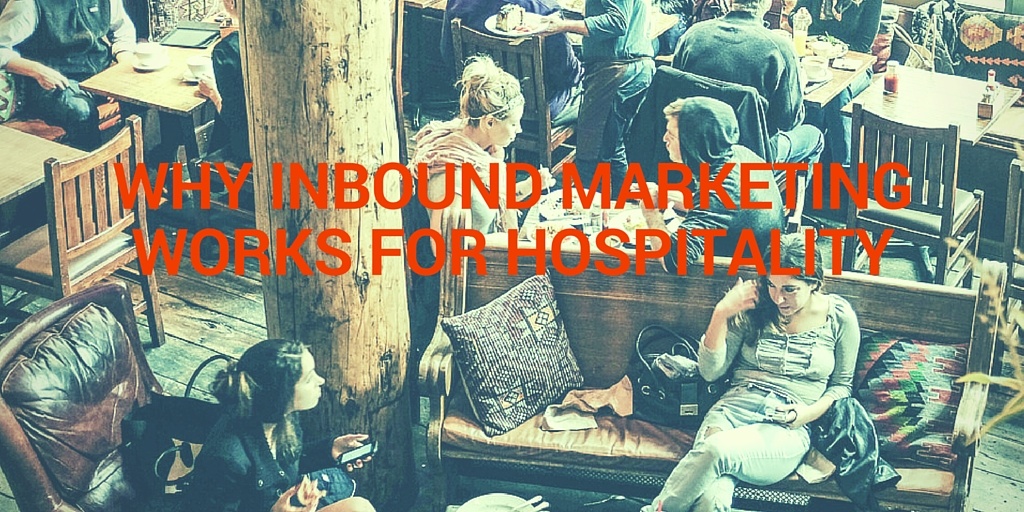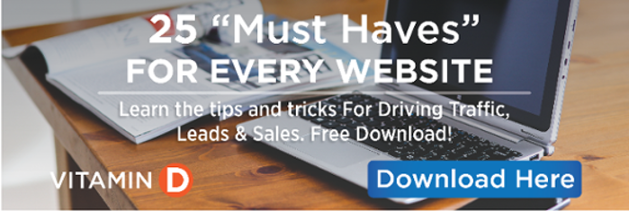Why Inbound Marketing Works for Hospitality

I’m writing this post specifically to Hospitality Marketers and why Inbound Marketing works for this industry. If you’re thinking, “well, I already do content marketing, then click here to read Inbound Marketing vs. Content Marketing. Then come back to this post.
Inbound Marketing, especially for hospitality marketing, is a framework of tactics to achieve measurable results. It’s all of the pieces that go together to create an action driven campaign. How does it line up with hospitality? Here are a few tips in each phase of the inbound methodology do give you a jump start:
ATTRACT
When you’re trying to get more people to your website or your brick and mortar location, you can provide all of the regular details, address, telephone number, and email. But what about the people who are looking for more? This is an opportunity to provide more than expected. You can begin to tell your story and get those who resonate with your story to engage. You may use the following tools to help:
- Blogs
- Videos
- Social Publishing
CONNECT
Now that you’ve attracted your target audience; it’s time to connect with them. You have information about your business that your target audience is looking for. Secret menu items, when the best time is to book a room, how to create that cocktail you loved on your honeymoon, are sample topics that start the stream of information your target audience is searching for. The more information you share, the more likely they’ll want to connect by subscribing to your blog posts, email list, or follow you on social media. But in this stage, there’s a “give and get”. If you’re giving your target audience information they’re looking for, you’ll need to get some information from them in return. Here are a few tools to help:
- Landing Pages
- Forms
- Call to Actions
ENGAGE
When you’re strategically providing information to get your target audience to fill out a form and provide more insight into them, it makes the Engage phase much easier. This is where you take the intelligence you’ve gathered and create specific campaigns around your audience. This could include segmenting your email list and creating unique email campaigns that speak to each segment. This is also an opportunity to use marketing automations to stay in contact with your audience and continue the “give and get” relationship. Here are some tools to help:
- CRM
- Email Campaigns
- Marketing Automations
DELIGHT
This by far is the easiest part of the methodology, however it must be used sparingly and very strategically. This is where you make your guest feel special. When you’re developing a following and your target audience is fulfilling your calls to action, it’s time to delight them. By delighting them in a personalized manner, you’re developing brand ambassadors. Your target audience will want to share their experience on their social networks, which may pique the interest of someone who hasn’t heard of your business. This then starts the whole methodology again at Attract. Wash - Rinse - Repeat. Here are some ideas of delighting your target audience in the hospitality industry:
- Sample Tasting Night with the Chef
- Small box of candies left in the room with a hand written “thank you for your business” card
- Using social media listening to delight your audience with something specific they like
Is Inbound Marketing perfect? Of course, not. Is it lightning in a bottle just waiting to be unleashed to make you billions of dollars? No. HOWEVER, where it can be “lightning in a bottle” is in industries that aren’t using it. In my experience, I can name quite a few industries where there are little to almost no companies practicing inbound marketing. Hospitality happens to be one of those industries so it’s time to “open the bottle” and dominate your competition.

